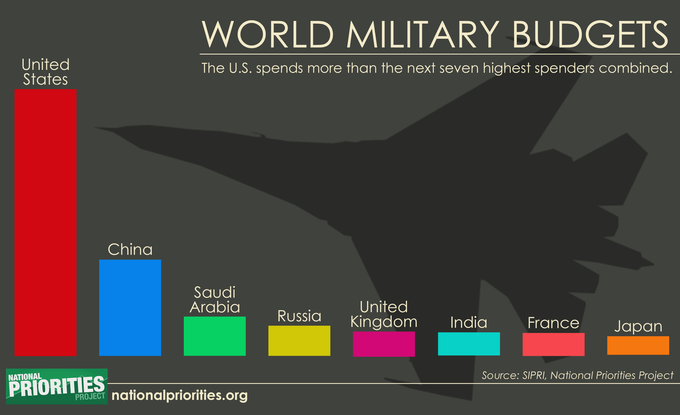In the midst of Covid19, the development of the United States military has come to an inevitable slowdown. The Pentagon’s Chief of Acquisition Ellen Lord said on April 20th that she “expects major defense programs to be delayed by around three months due to COVID-19 closures and disruptions.” Unfortunately, these numbers may be a bit too optimistic. With the United States having over a million cases of Covid-19, with 62,000 deaths at the time of this writing, it is likely that a four, five, or even six-month delay should be expected. The effectiveness of the military will also drop as equipment degrades and personnel skills are not used.
However, should the United States military shut down. After this ordeal is over, there will be a need to win the peace after the pandemic and other countries are already working on doing that. The only operating aircraft carrier in the Pacific right now is Chinese, which, in the absence of the United States, took the opportunity to sail near Okinawa and Taiwan. The message sent was clear. The Chinese are here, and the United States is not. With the United States military being under a Stop Movement order that is not set to expire until June 30, it is likely we will see many more of these operations being undertaken by our adversaries.
There also has been postponements or cancellations of many major military exercises. The Air Force’s Red Flag exercise for pilots was cancelled. The Army’s Defender Europe 2020 exercise was scaled back, and the Navy’s so called “Large Scale Exercise” was postponed until 2021. If cancellations of both basic training as well as exercises continue, the United States will experience a severe drop in military effectiveness, as much as .5% of their end strength every month.
So, what can be done? The only thing that can be done is to bring the risk under an acceptable level, much like essential stores in the United States have been doing. Social distancing will have to be enforced, testing must increase, and the immune must be identified. Personal Protective Equipment should also be provided to all servicemen. There will also have to be a time every night in which every surface can be disinfected. By doing this, the risk of infection will not be dropped to zero but will be greatly reduced. That is all that can be done right now in the absence of a vaccine. In this way the United States military will be ready for what is to come after the pandemic is over, perhaps not at its most effective level, but at a higher level of effectiveness than it is at the time of this writing






